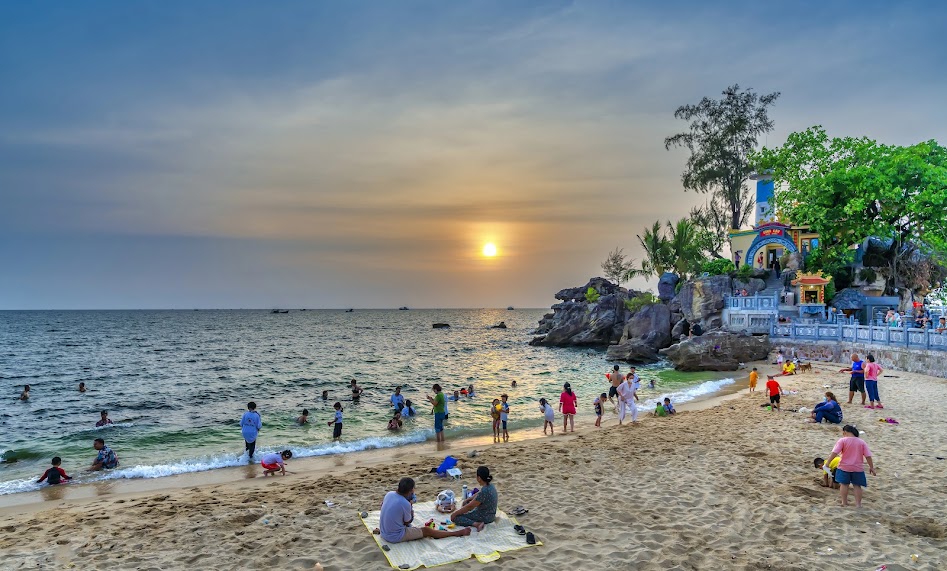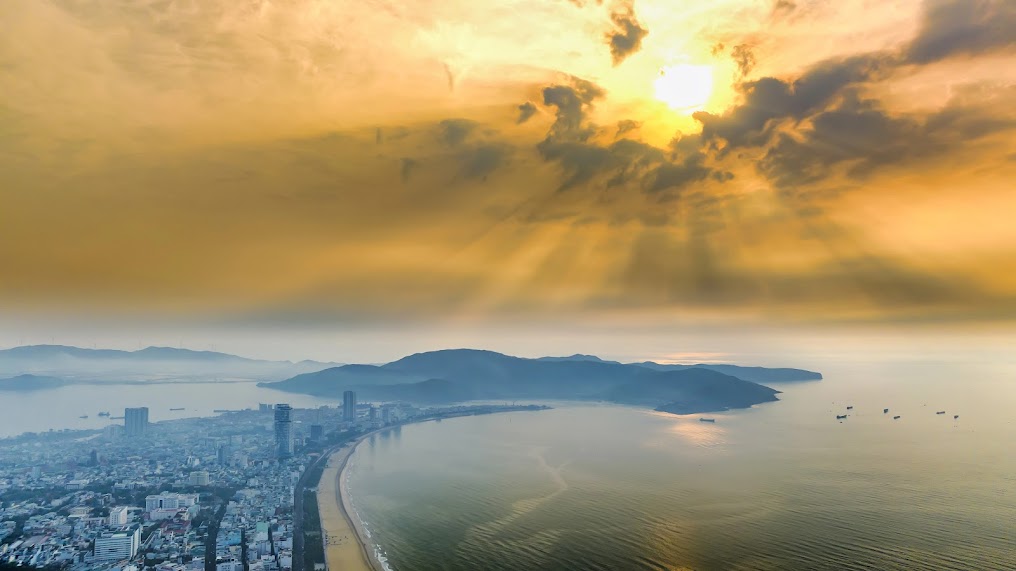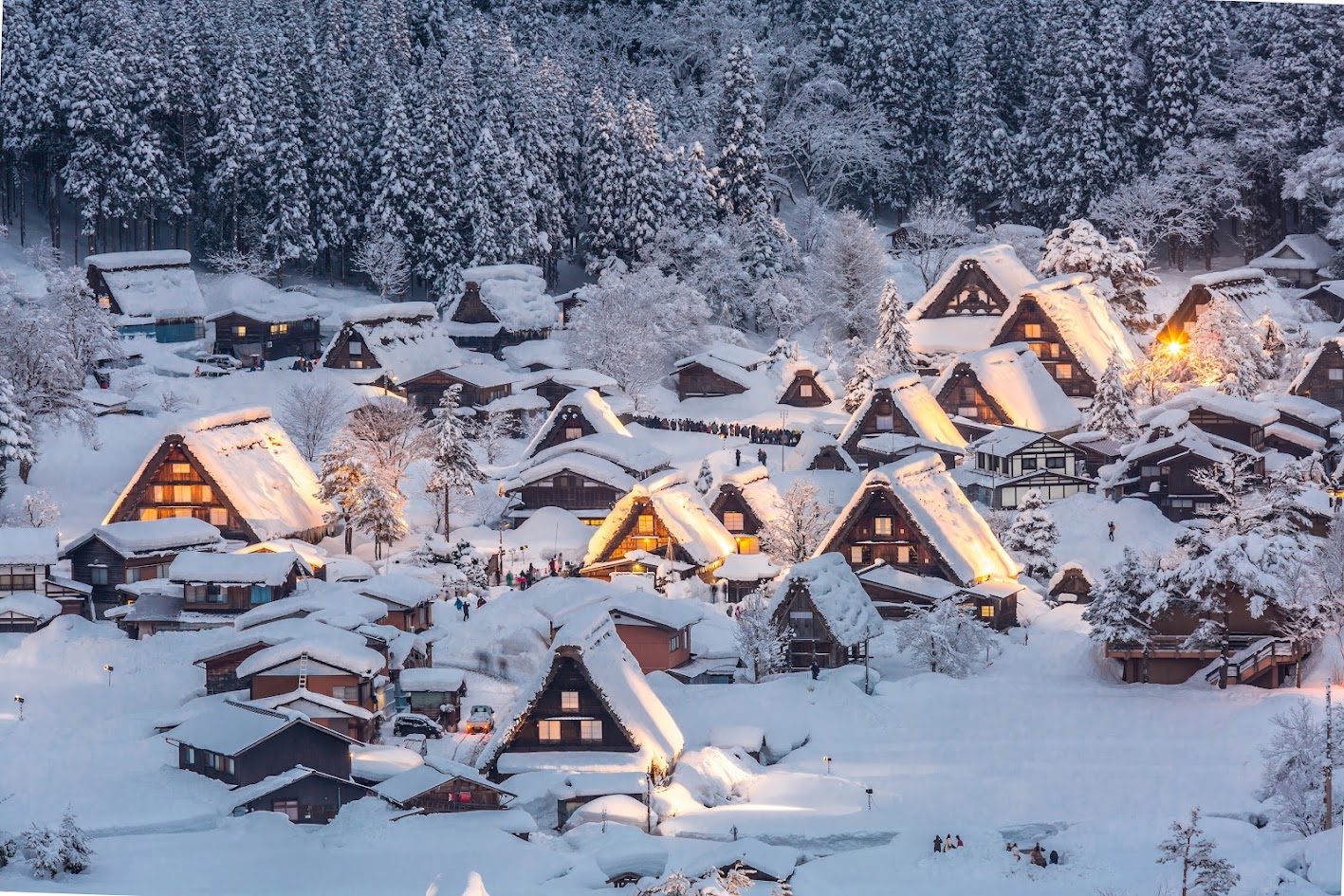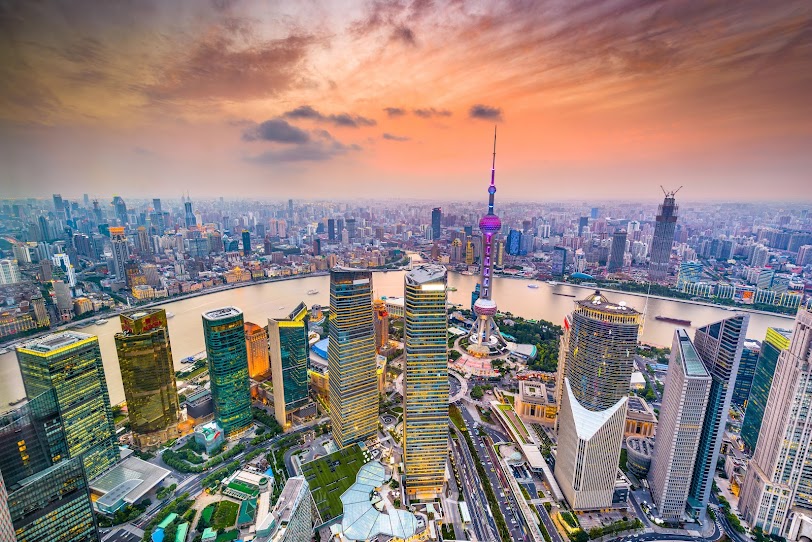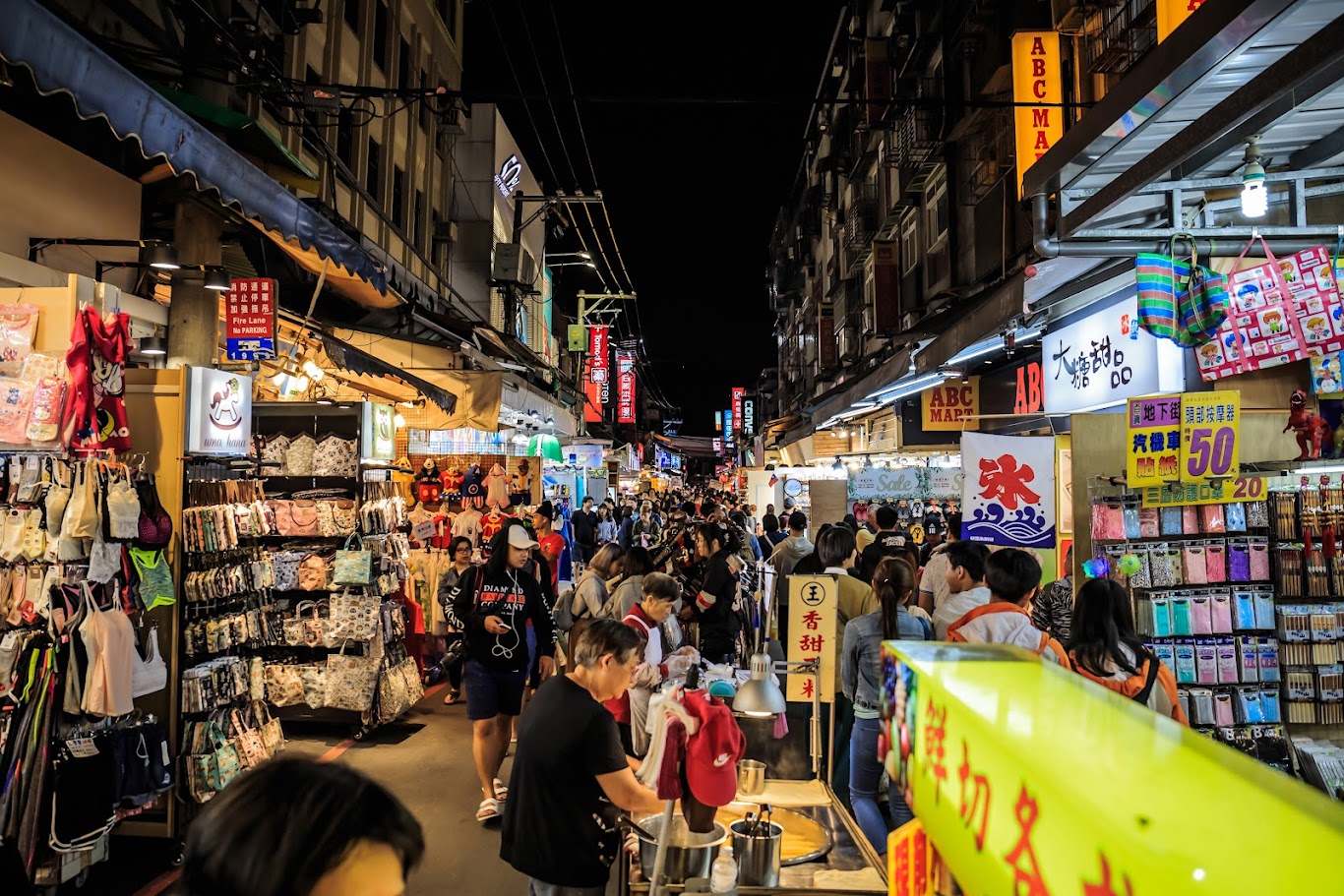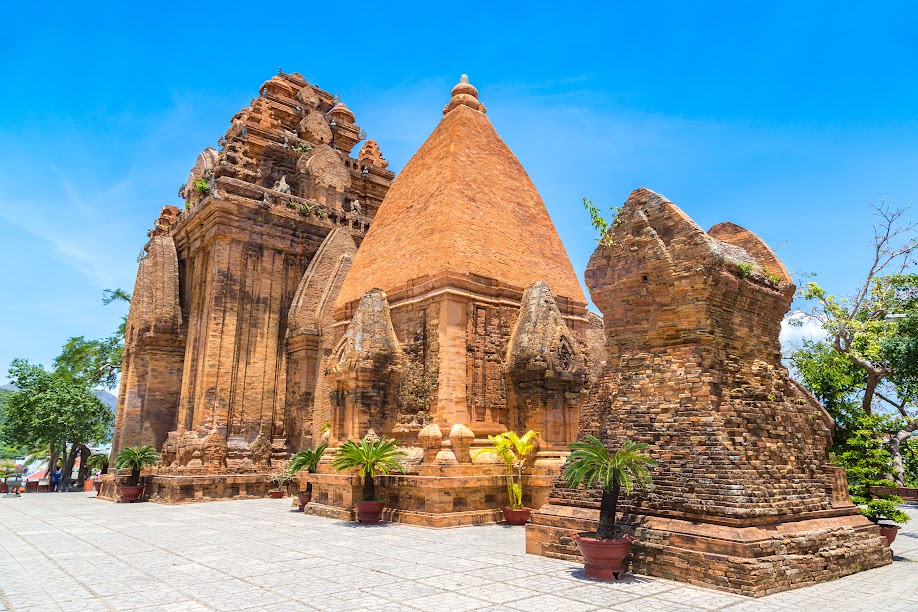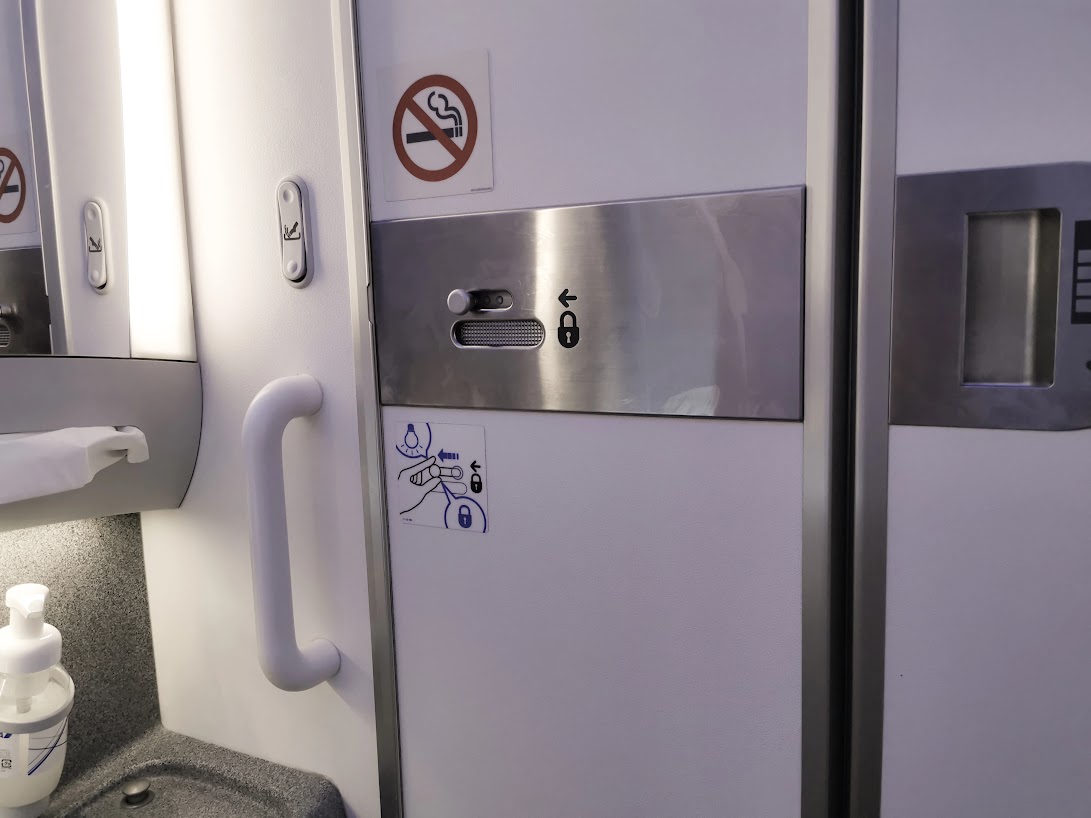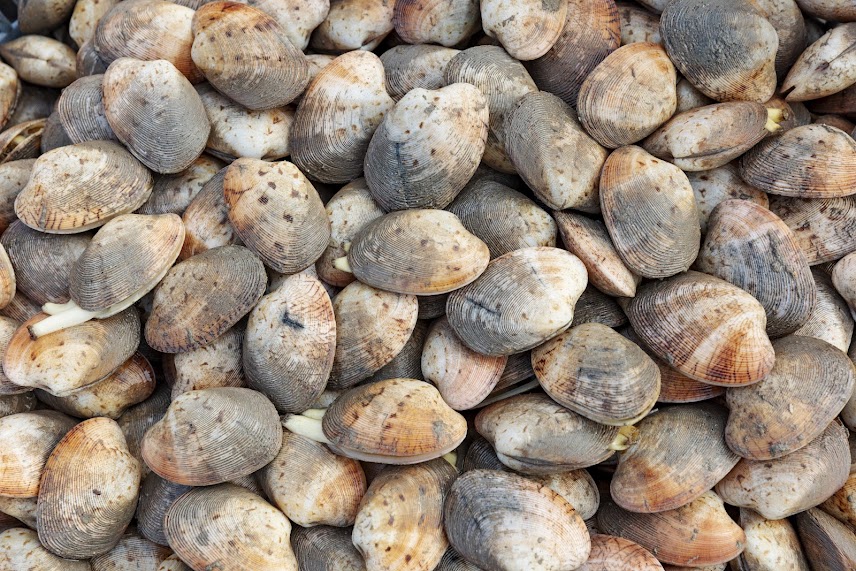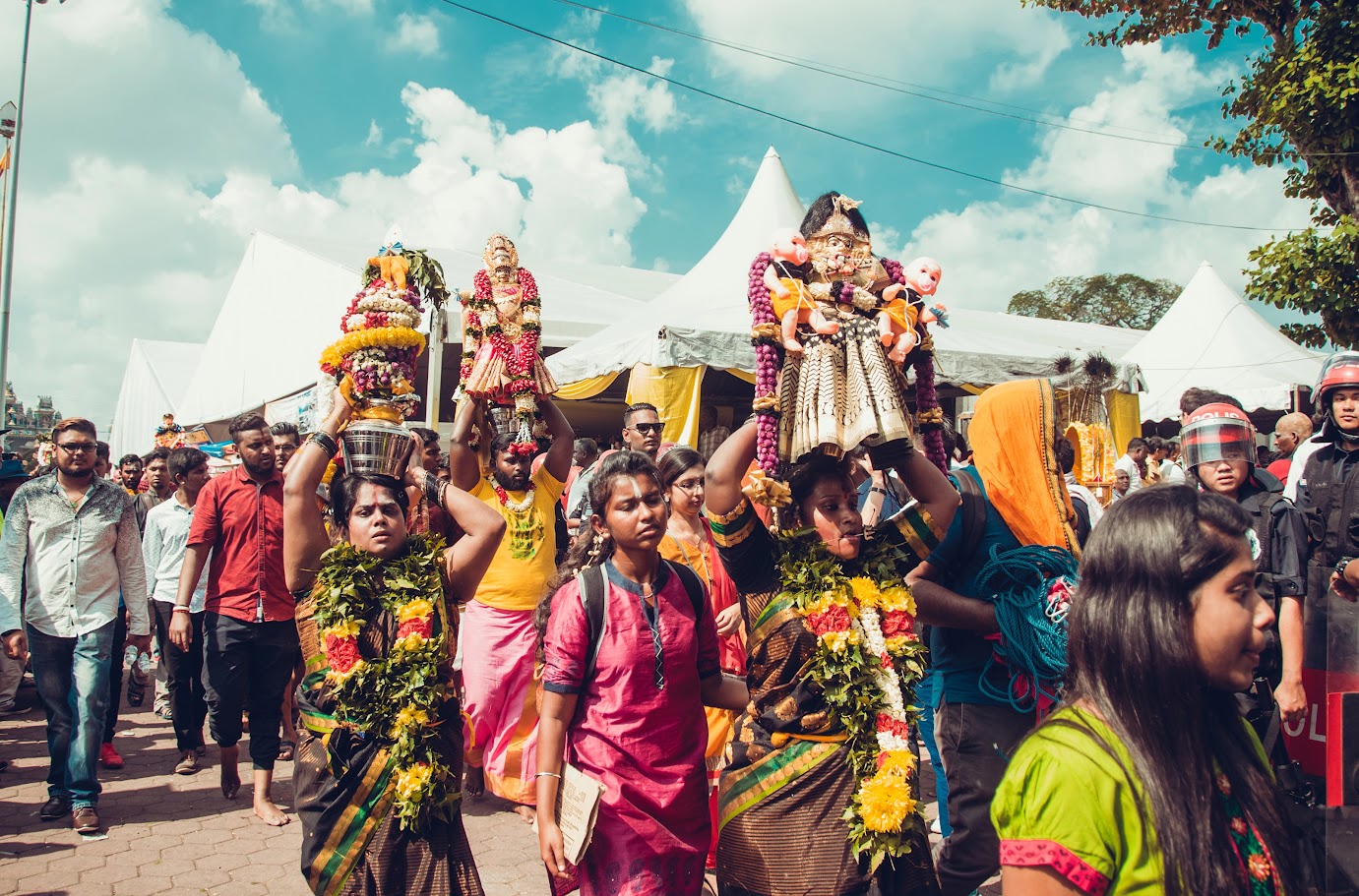
- SkyJoy
- Chuyến bay của tôi
- Online Check-in
- E-Menu
- E-Visa
- Dịch vụ chuyến bay
- Dịch vụ khác
Ngày đi

Ngày về
Jade Buddha Temple in Shanghai
Amidst the bustling and prosperous city of Shanghai, there lies a sacred and venerable temple, attracting thousands of pilgrims and Buddhist devotees each year. That is the Jade Buddha Temple, one of the top 10 most famous landmarks in Shanghai.
If you're seeking refuge from the hustle and bustle of urban life, looking for a place of tranquility and prayer for good things, pay a visit to the Jade Buddha Temple. It's not just a unique architectural structure, but also a treasure trove of Chinese Buddhism passed down through generations. Let's explore the impressive features of the Jade Buddha Temple in Shanghai with Vietjet!

The Jade Buddha Temple is sacred and venerable, completely separated from the bustling city of Shanghai.
See more: Useful independent travel experiences in Shanghai, China
1. Where is the Jade Buddha Temple located?
Located at 170 Jiangning Road, Putuo District, Shanghai, China, the Jade Buddha Temple exudes warmth with its brown wooden hue and classic curved tiled roofs.
The temple is named the Jade Buddha because inside the hall are two large white jade Buddha statues. This place is likened to a precious jade amidst the extravagant heart of Shanghai, an unmissable destination for those seeking serenity.

The Jade Buddha Temple is one of the top 10 most famous landmarks in Shanghai.
2. A brief history of the Jade Buddha Temple
During the Qing Dynasty, in the 8th year of the Guangxu Emperor's reign (1882), Master Huigen, who was practicing in Mount Putuo, made a trip to Wutai Mountain, passed through Myanmar, went to Tibet, and encountered Indian Buddhist teachings. After paying homage to the Buddha, the master went to Burma and was donated five white jade Buddha statues by the monks Tran Khoan Pho and the king of Burma. Upon returning to China, Master Huigen, while passing through Shanghai, lacked means to transport all the statues to Mount Putuo, so he left behind one sitting Buddha statue and one reclining Buddha statue.
In 1898, Master Huigen called for donations to build a temple in Shanghai to preserve these two statues, and named it the Jade Buddha Temple. However, in 1918, the temple was destroyed by war. It was then rebuilt and restored in 1928. There were times when the temple was almost inactive for various reasons. Until October 1976, the Jade Buddha Temple was officially reopened, becoming a place for Buddhist activities and practice for many monks and pilgrims. It's also chosen to host many major Buddhist ceremonies and events in Shanghai.
3. Exploring the beauty of the Jade Buddha Temple
3.1 Overview of the architecture of the Jade Buddha Temple
The Jade Buddha Temple is one of the largest temples in China, covering an area of 8,856m². The temple is the most realistic replica of the architecture of temples and palaces during the Song Dynasty. The temple consists of 72 chambers and is divided into 3 halls: the Hall of the Heavenly Kings, the Great Hero Hall, and the Jade Buddha Tower.
The Hall of the Heavenly Kings is where the Four Heavenly Kings are worshipped. The Great Hero Hall is where three large Buddha statues sit on a lotus platform with the Maitreya Buddha.
The Jade Buddha Tower is designed as the abode of the resident abbot. Behind it is a large wall with a portrait of the Bodhisattva Avalokitesvara. In the middle of the main hall is a seated Jade Buddha statue. The reclining Jade Buddha statue is inside, located in the western part of the temple.

The Jade Buddha Temple is designed in the architectural style of temples and palaces during the Song Dynasty.
3.2 Great Hero Hall - the main hall of the Jade Buddha Temple
The Great Hero Hall is the main hall of the Jade Buddha Temple, measuring 30m long and 25m wide (7 rooms wide, 5 rooms deep). From the outside, the hall is designed in the style of a two-story palace from the Song Dynasty, ancient and solemn.
In the center of the main hall, three gold-plated Buddha statues are enshrined: in the middle is Sakyamuni Buddha, while on either side are Medicine Buddha in the Eastern Pure Land and Amitabha Buddha in the Western Pure Land. These three seated Buddhas on lotus thrones have serene and compassionate expressions.
Above the ceiling is a painting depicting Sakyamuni Buddha during his birth. Behind the main hall is a giant relief sculpture "Universal Door Bodhisattva," extremely delicate and vivid. Below the relief sculpture are 18 Arhats carved from agarwood. This arrangement is unique to the Jade Buddha Temple, as most temples place the 18 Arhats on the left and right sides of the main hall. Here, on both sides of the main hall, there are 20 guardian deities protecting and upholding the Buddhist teachings.
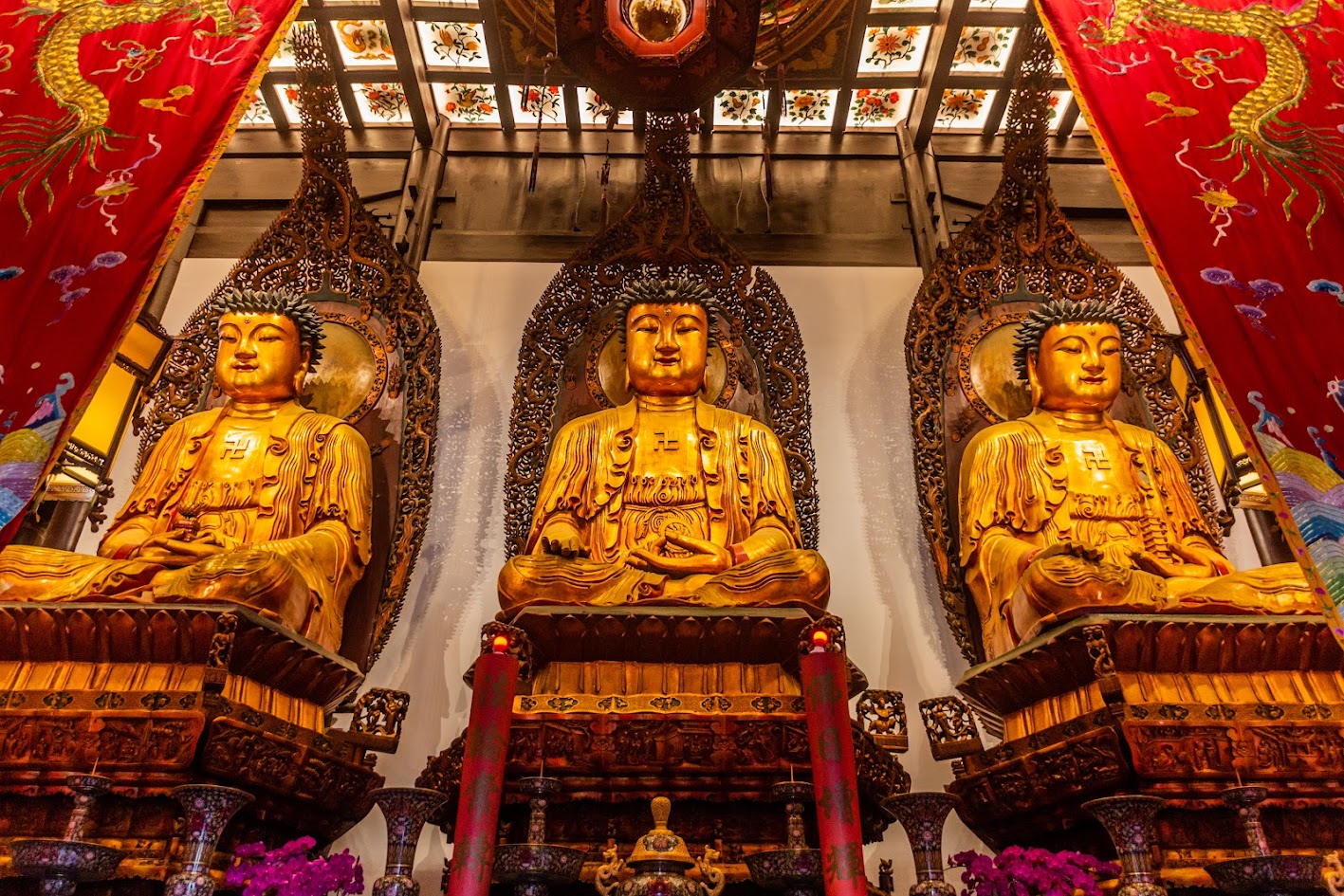
The center of the main hall enshrines three gold-plated Buddha statues, majestic and resplendent.
3.3 Jade Buddha Statue - Precious Treasure of Shanghai
Like many other temples in China, the Jade Buddha Temple is influenced by the traditions of Pure Land and Chan Buddhism of Mahayana Buddhism. Two jade Buddha statues are considered rare cultural heritage and treasures of this temple.
The seated Buddha statue is 1.95m tall, carved from a single piece of jade, sparkling and transparent like crystal. Additionally, the statue is decorated with hundreds of jadeite, malachite, and gemstones.
The Buddha is depicted in the posture of meditation, with the left palm facing upward on the left leg, forming the meditation seal, while the right hand is naturally relaxed, with fingers touching the ground, known as the "earth-touching gesture," symbolizing Sakyamuni Buddha meditating under the Bodhi tree and attaining enlightenment.
The Jade Buddha statue is intricately carved in every detail, from the contours of the Buddha's face to the hem of the robe. Together, they create a statue of Buddha with a serene, compassionate demeanor, radiating a sense of sacredness and solemnity.
The reclining Buddha statue, 96cm long, is placed in the Hall of Recumbent Buddha behind. The statue depicts Sakyamuni Buddha in the posture of entering Nirvana at the age of 80. He lies inclined to the right, leaning his head on his right hand, with the left hand placed on the left leg, his face gentle and serene. Opposite the reclining Buddha statue is a new jade reclining Buddha statue, about 4m long, carved recently by devotees from Singapore.

The reclining Jade Buddha statue depicts Sakyamuni Buddha entering Nirvana.
4. Exciting Experiences When Visiting the Jade Buddha Temple
In addition to exploring the unique Buddha statues of Buddhism, here are some experiences you shouldn't miss when visiting the Jade Buddha Temple:
- Learn more about the development of Buddhism through the dynasties of China through precious artifacts, artworks, and paintings from the Northern Wei, Tang, Song, Yuan, Ming, and Qing dynasties.
- Admire the exquisite stone carvings from the Tang Dynasty: 32 statues of Bodhisattva Avalokitesvara, depicting the eight stages of Sakyamuni Buddha's life, and sixteen Arhats.
- View the ink inscriptions "Forty-Two Chapter Sutra" by Dong Qichang in regular script and "Depth into the Enlightenment of Sakyamuni Buddha" in regular and cursive script in the Minghua Pavilion in front of the Eight Auspicious Hall, on the walls of the east and west corridors, and on the peripheral walls on both sides of the main hall.
- Enjoy 80 delicious vegetarian dishes from the vegetarian restaurant within the temple grounds.
- Collect lucky items such as replica sandalwood drums and gongs at the Antique Shop and Curio Shop next to the temple.
See more: What are the procedures for applying for a Chinese tourist visa?
The ideal time to visit the Jade Buddha Temple is from May to October, when the weather is cooler and more pleasant. If you're concerned about crowds, remember to avoid major Chinese holidays like National Day or Chinese New Year.
I hope this article provides you with useful information about the Jade Buddha Temple in Shanghai, China. Don't miss the opportunity to book flights to Shanghai and the 0 VND ticket hunting program for international flights every Friday HERE.
Don't forget to follow Vietjet to stay updated on travel information and the latest promotions.
- Website: https://www.vietjetair.com
- Facebook: https://www.facebook.com/vietjetvietnam
- Instagram: https://instagram.com/vietjet
- YouTube: https://www.youtube.com/VietjetOfficial
- TikTok: https://www.tiktok.com/@vietjetvietnam
- Zalo: https://oa.zalo.me/vietjet







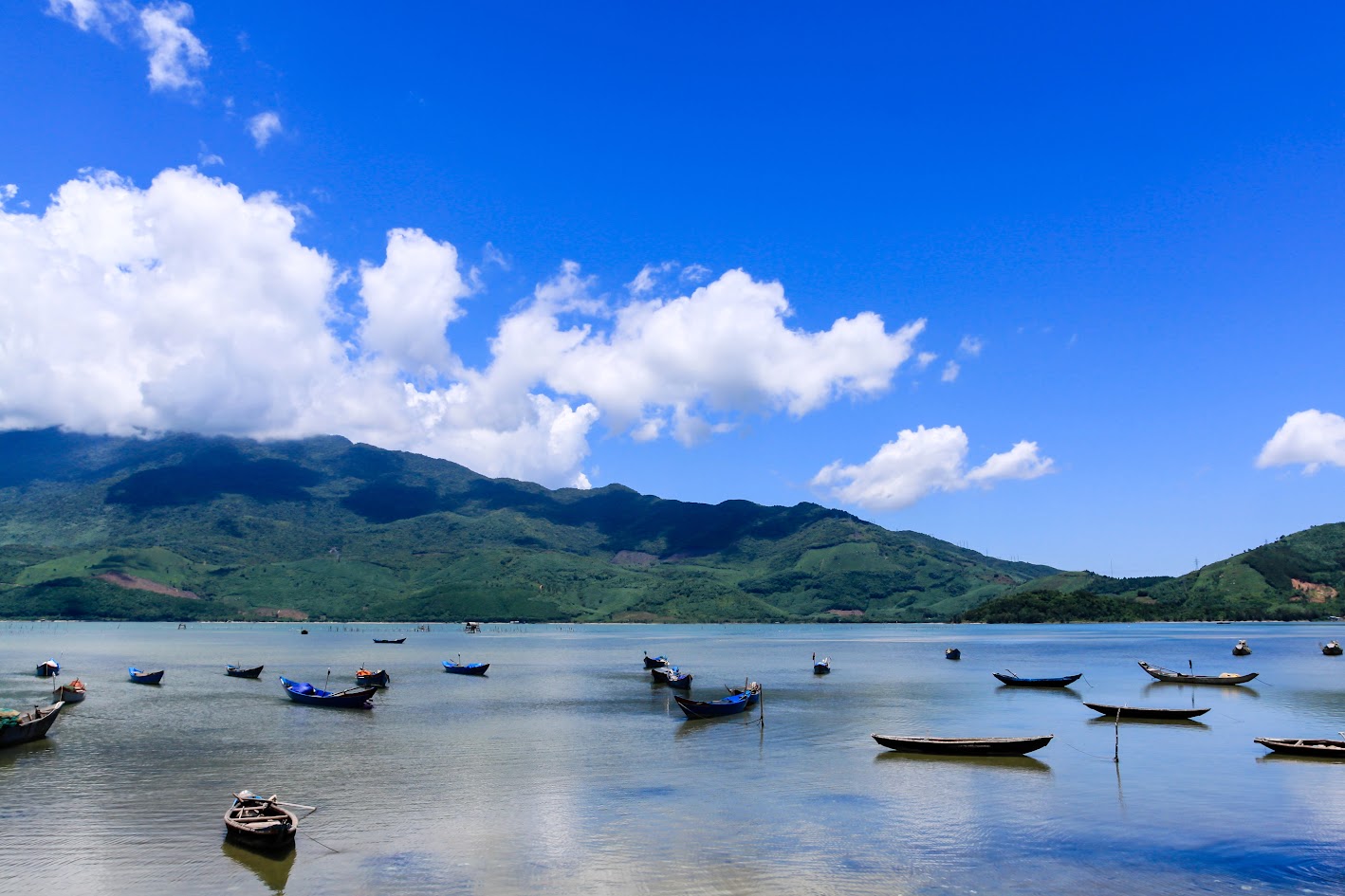

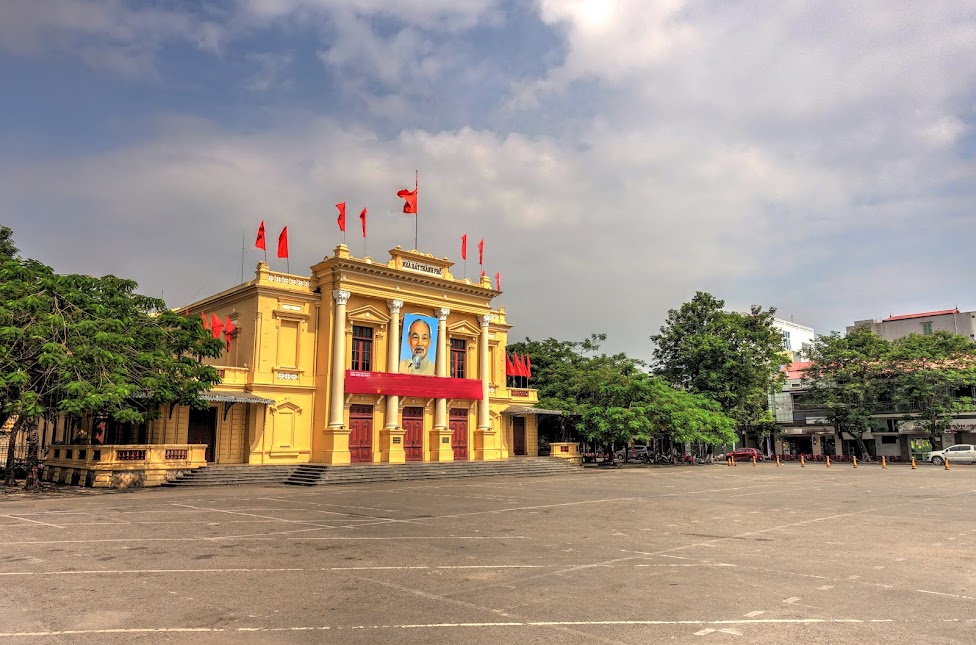
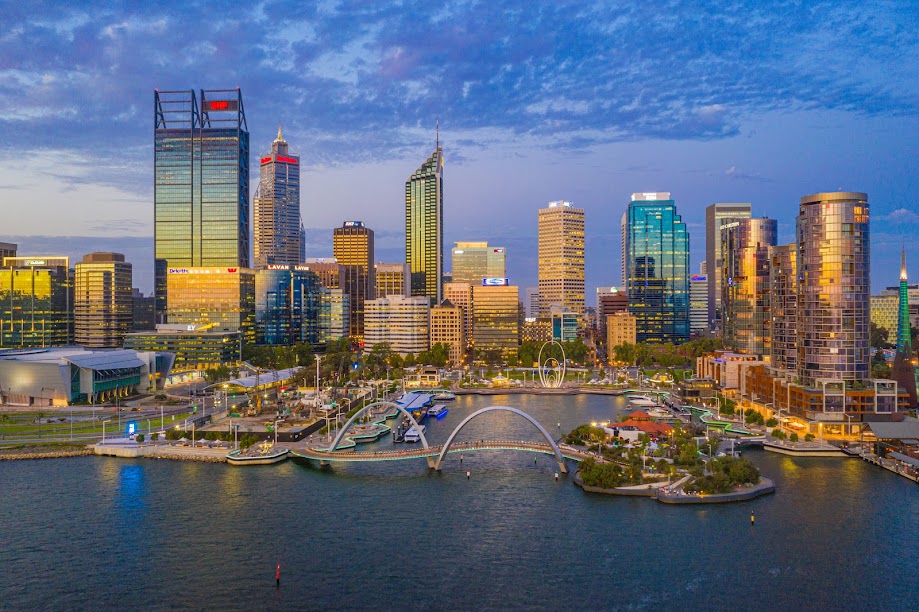














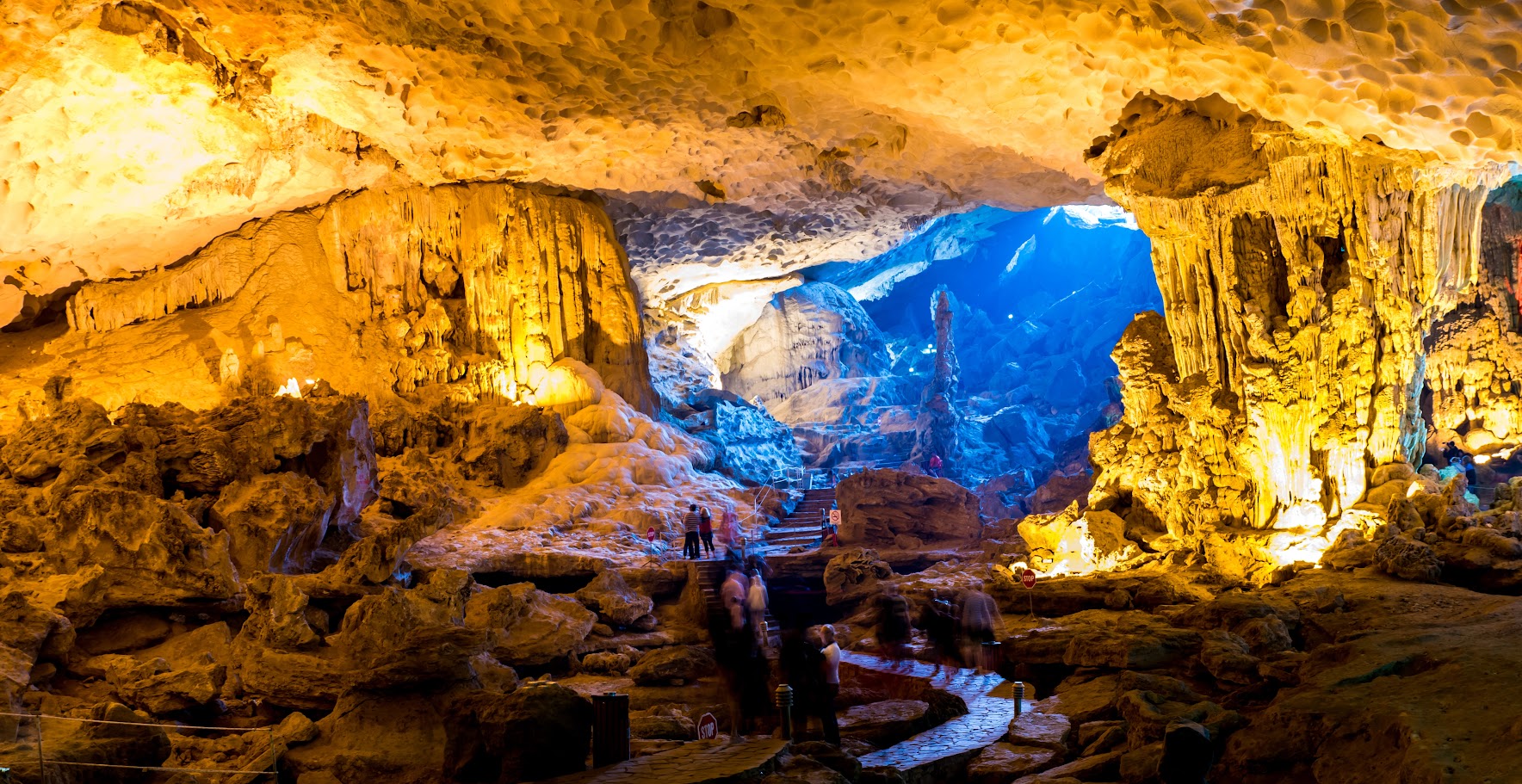







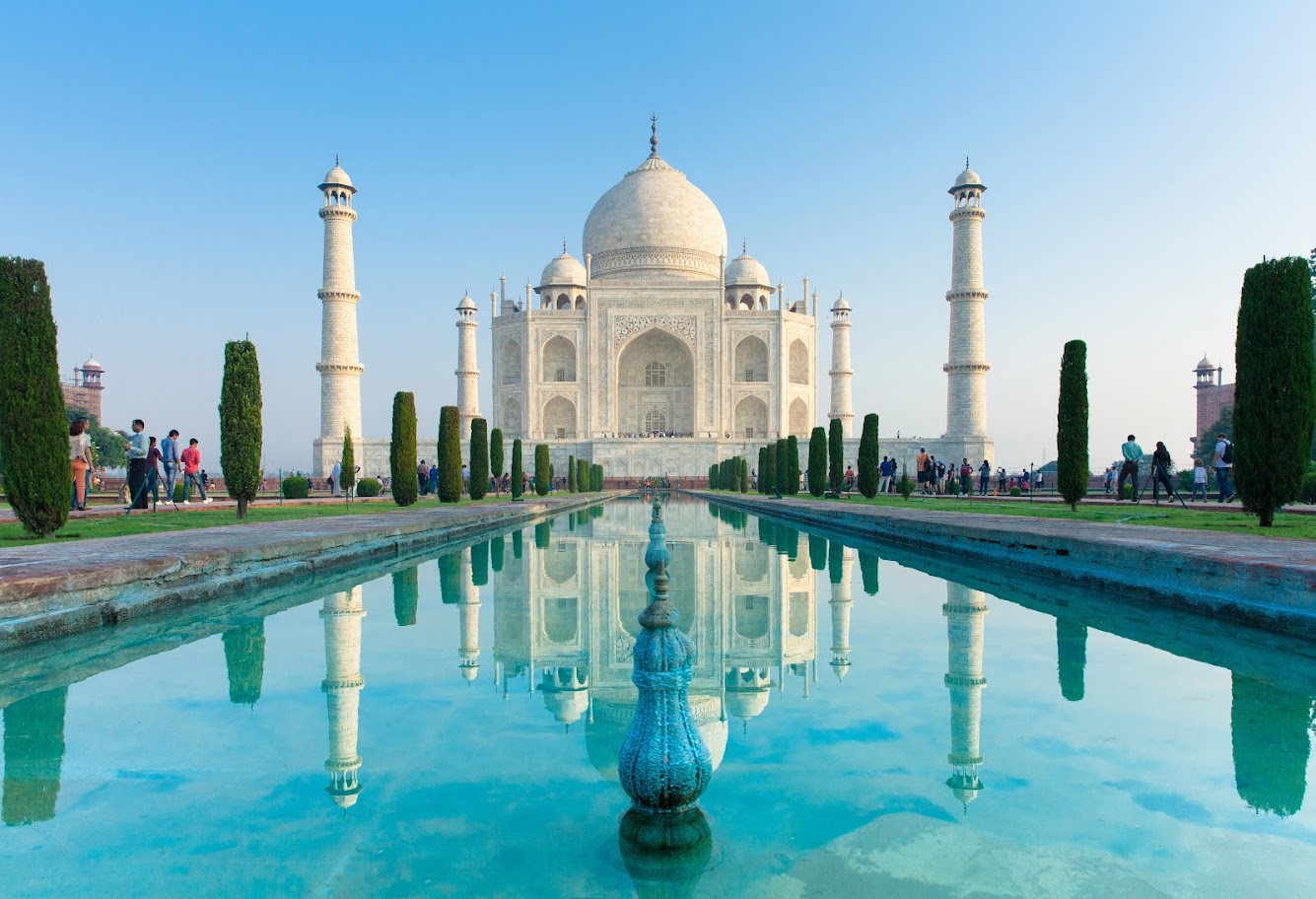






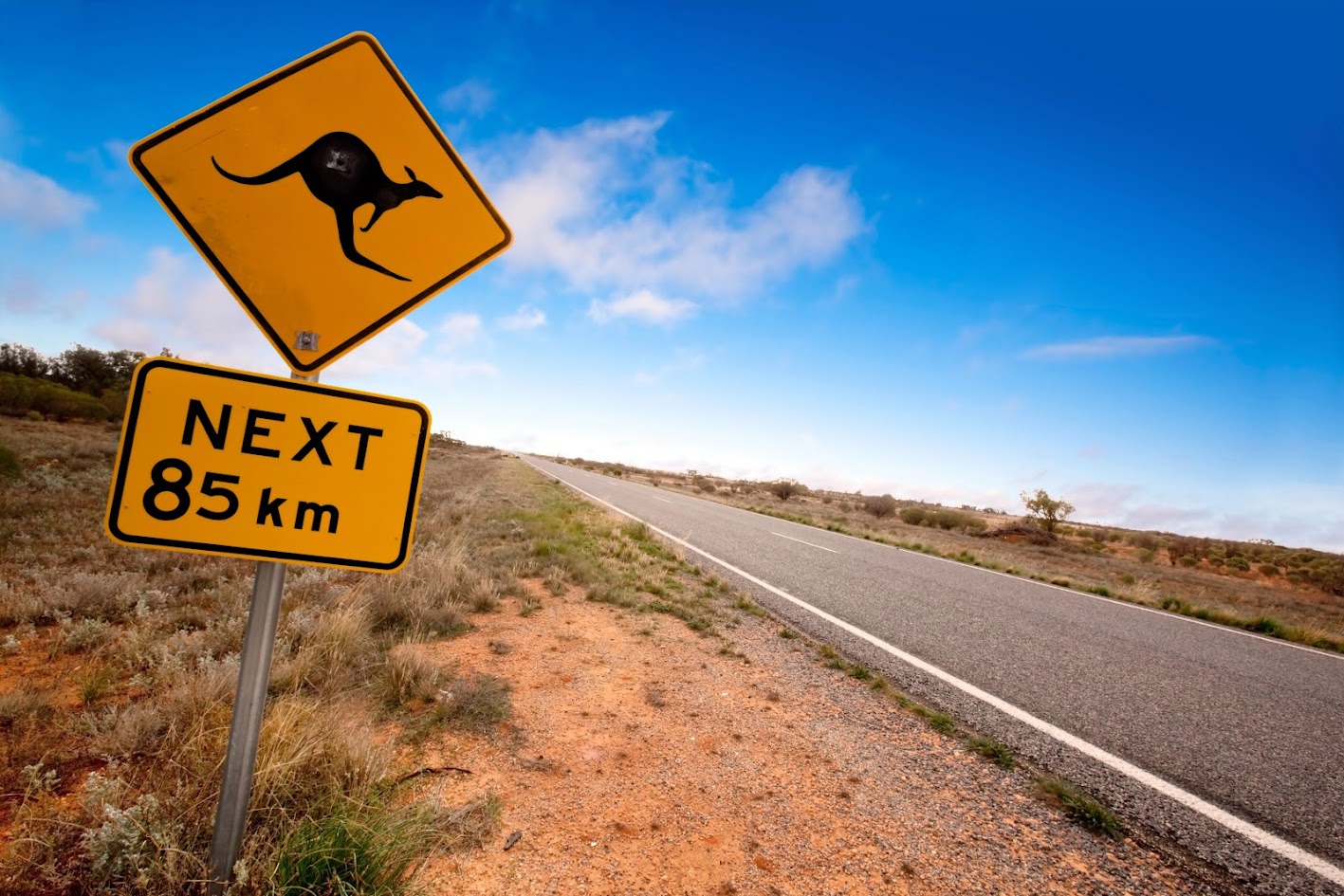



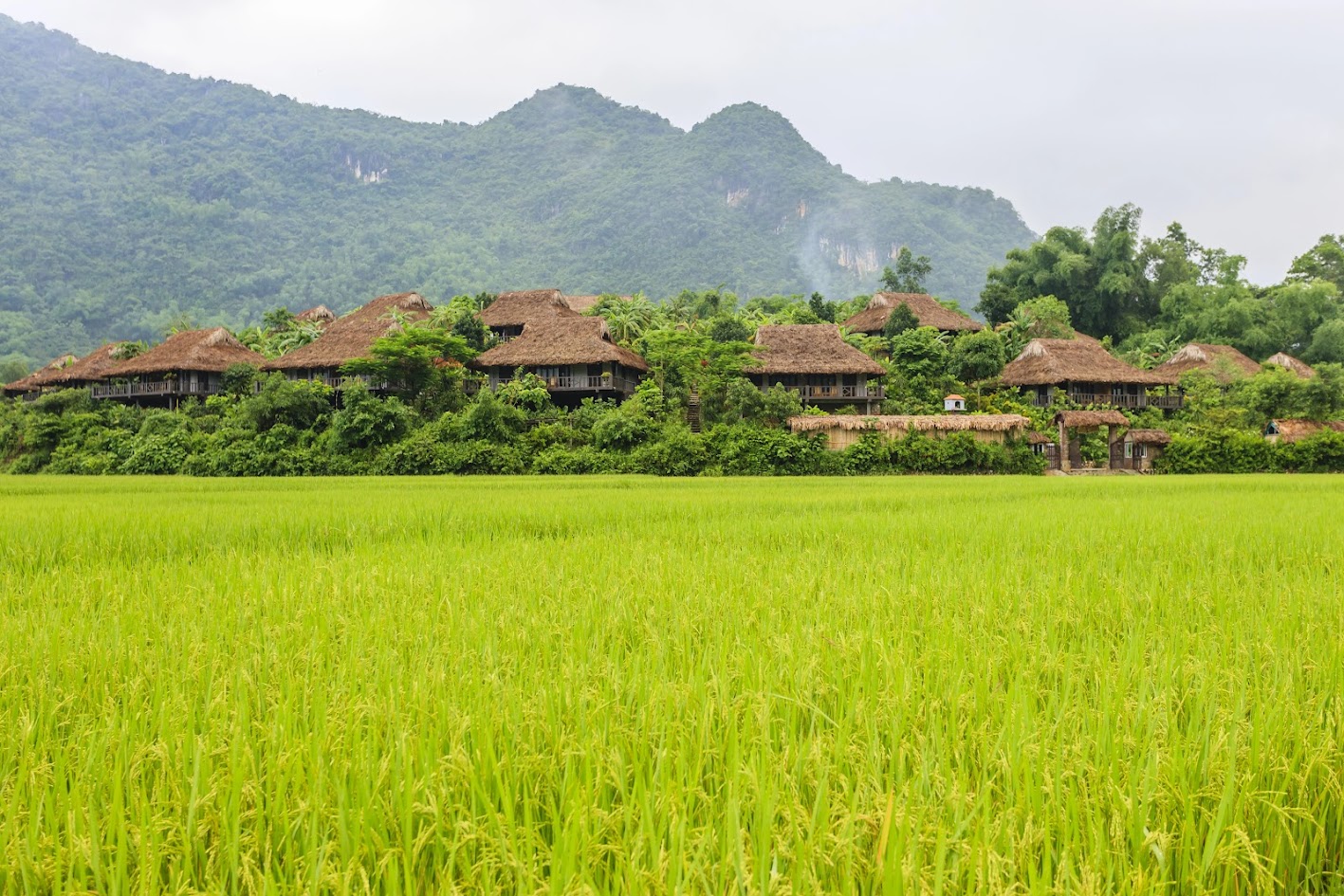






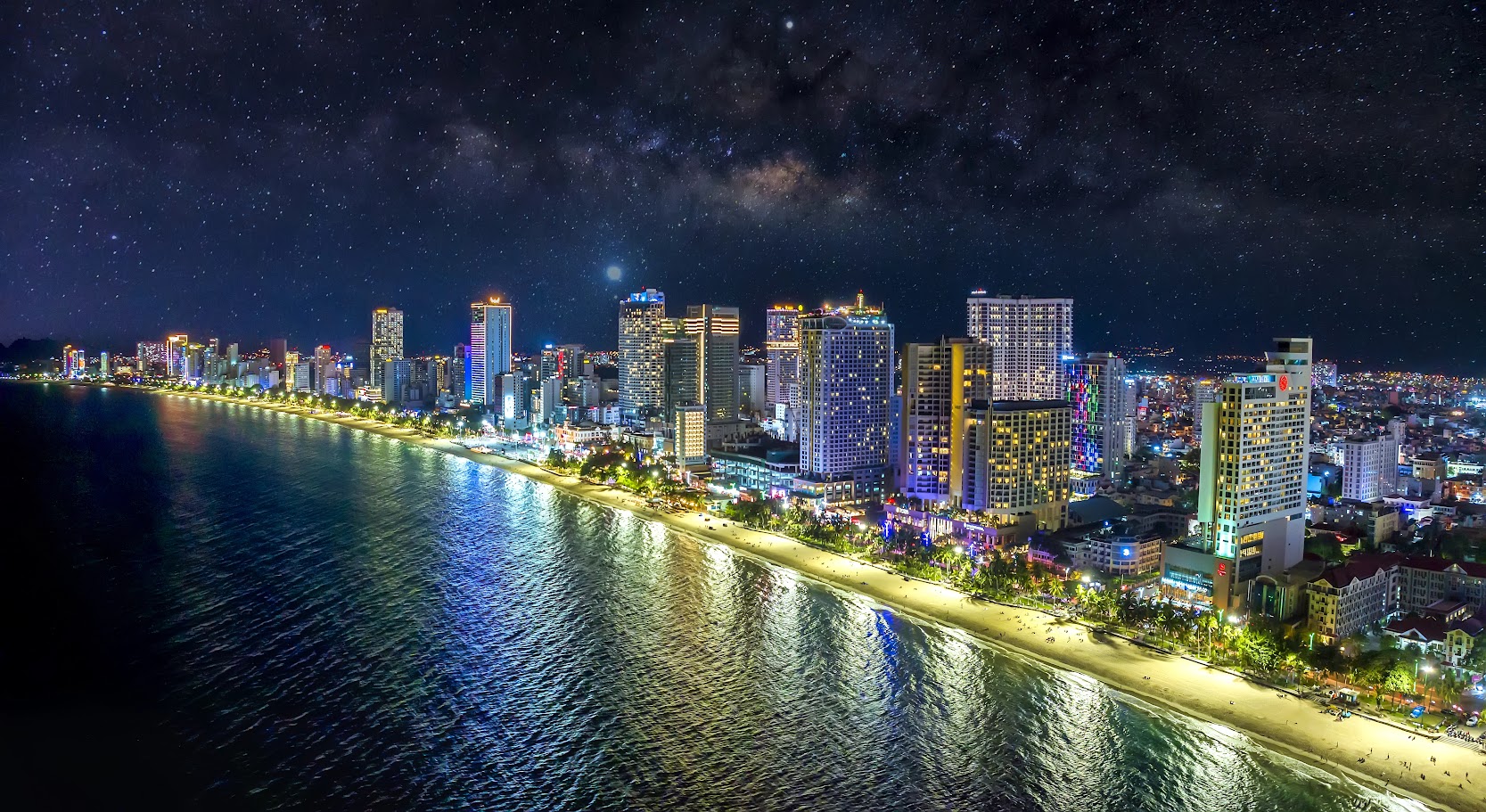












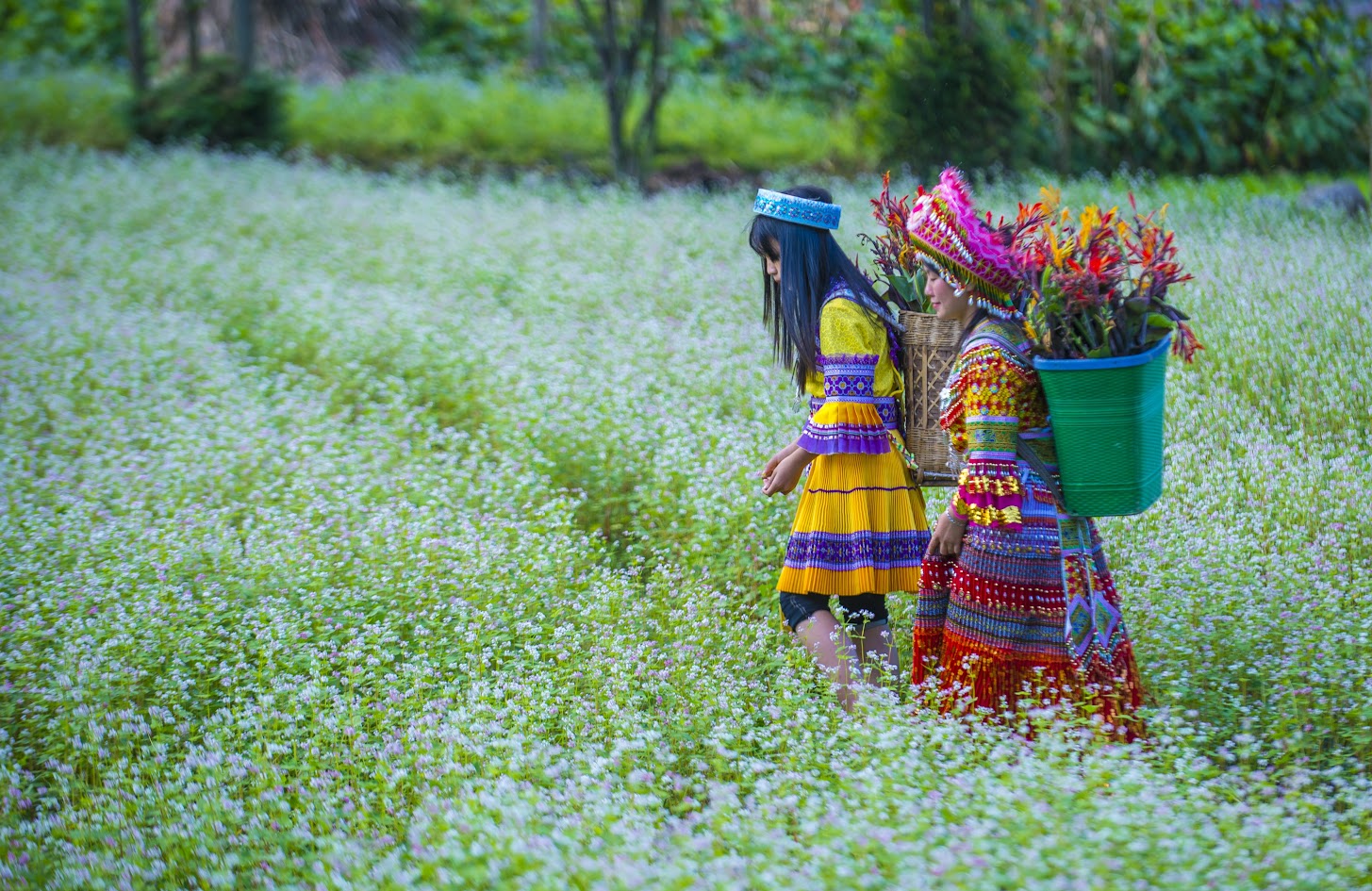

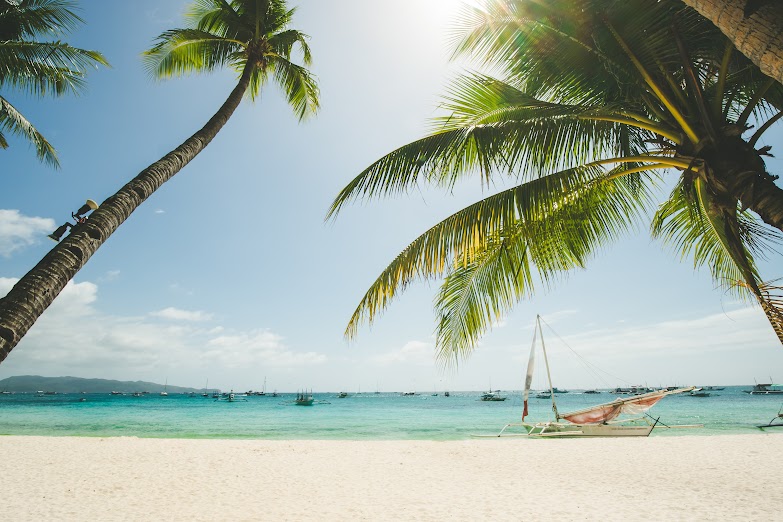











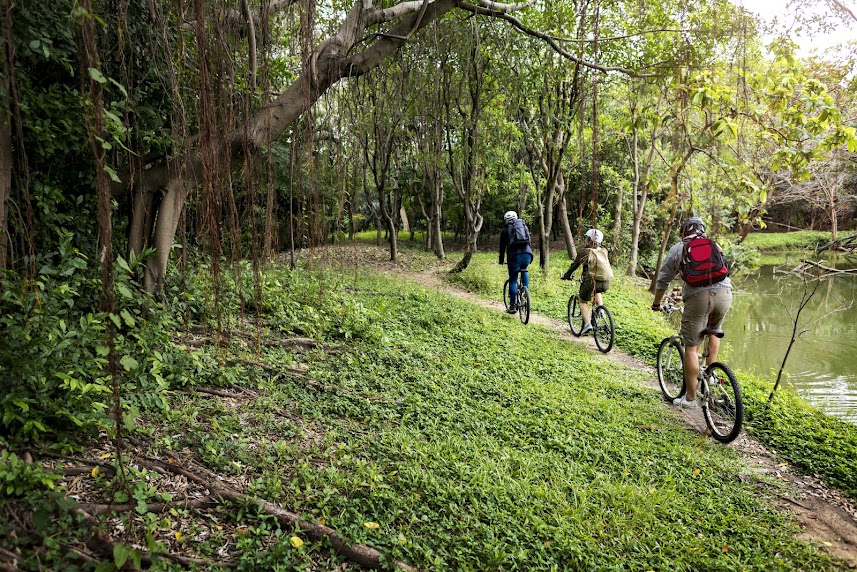



















































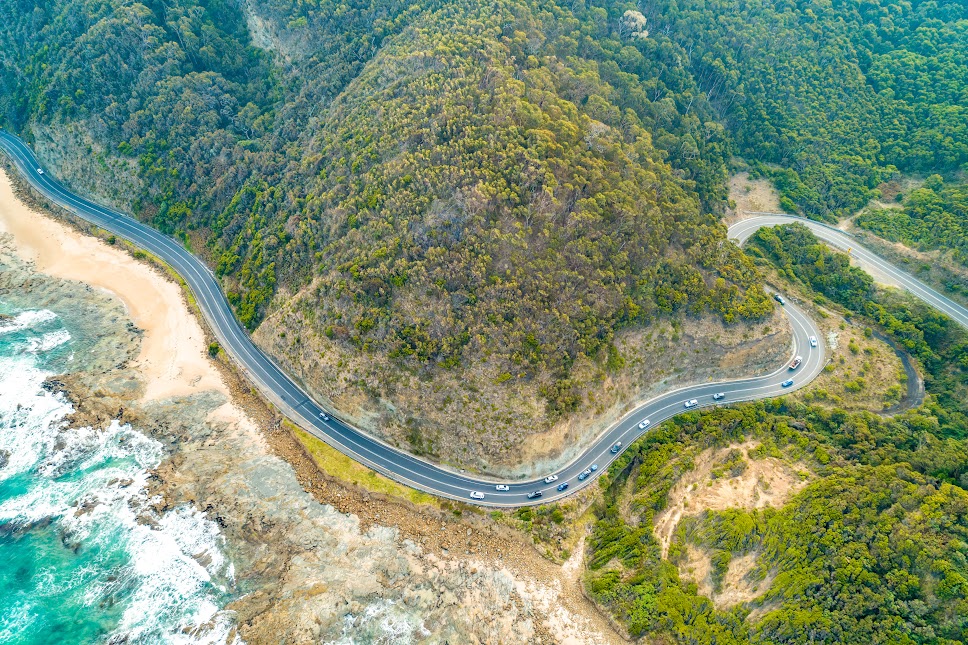


































![[FAQ] What is the Best Time to Travel to South Korea?](https://vj-prod-website-cms.s3.ap-southeast-1.amazonaws.com/shutterstock533705653supersize-1696644100090.jpg)








